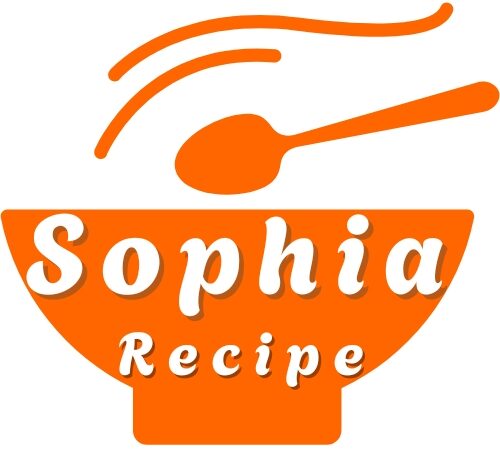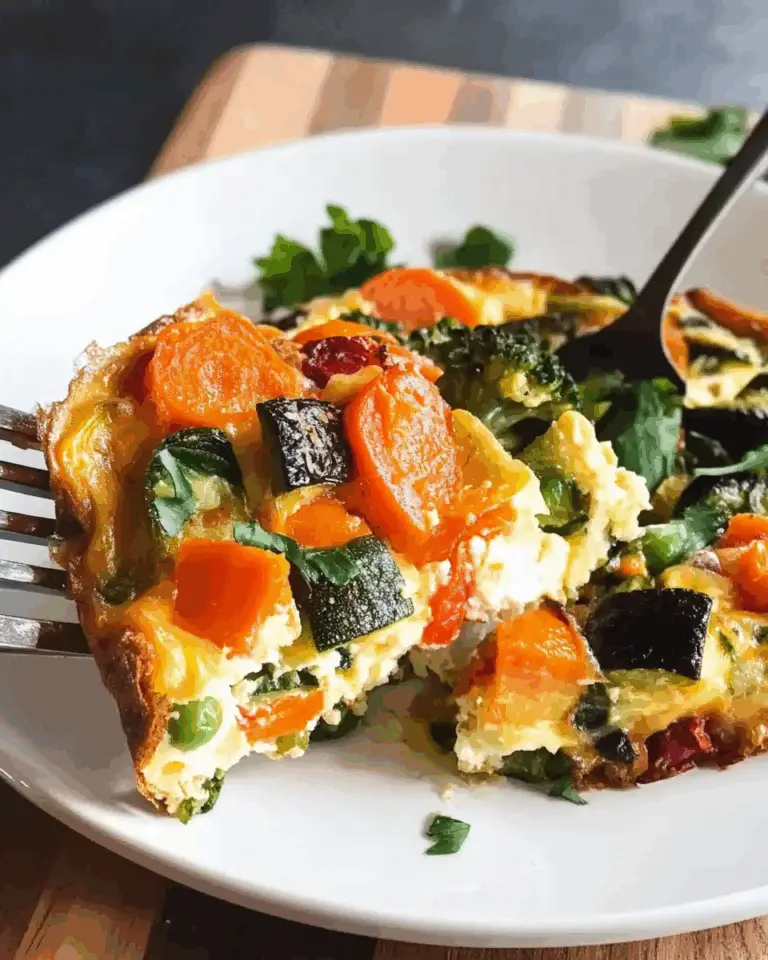The Nutritional Benefits of a Vegetable Frittata
Vegetable frittatas provide a well-rounded nutritional profile. Eggs are a complete protein source, containing all nine essential amino acids necessary for muscle repair and overall health. They also supply important vitamins such as B12, vitamin D, and minerals like selenium and choline, which support brain health and metabolism.
The vegetables incorporated in the frittata contribute dietary fiber, antioxidants, and a variety of vitamins and minerals. Bell peppers are rich in vitamin C and carotenoids, zucchini offers vitamin A and potassium, and cherry tomatoes add lycopene and vitamin K. Together, they enhance the dish’s nutritional value and contribute to immune support, eye health, and digestion.
Including olive oil as the cooking fat adds heart-healthy monounsaturated fats and antioxidants, supporting cardiovascular health and enhancing the dish’s flavor without excessive calories.
Eggs: The Fluffy Foundation
Eggs are the star ingredient in any frittata, providing structure, moisture, and richness. Whisking eggs with a small amount of milk creates a custard-like texture that becomes tender and fluffy when baked. The milk lightens the eggs slightly, improving the overall mouthfeel without diluting flavor.
Eggs cook quickly and absorb the flavors of the vegetables and cheese, making the frittata a flavorful and comforting dish. Their versatility allows the frittata to be customized easily, accommodating dietary needs and preferences.
The Role of Vegetables
Vegetables are what make the frittata colorful, nutritious, and texturally interesting. Sautéing onions and garlic first builds a flavorful base with their sweetness and aromatic qualities. Adding bell peppers and zucchini contributes a balance of sweetness, moisture, and mild earthiness, while cherry tomatoes bring bursts of juiciness and acidity.
This variety of vegetables ensures a harmony of textures—soft, crisp, juicy—that complement the tender eggs. Their presence increases the fiber content, helping to make the dish more filling and supportive of digestive health.
Vegetables can be swapped or supplemented based on seasonality and preference, making the frittata a perfect way to use up produce in the fridge.
Cheese: Adding Creaminess and Flavor
Cheese enhances the frittata by adding richness, a creamy texture, and a savory depth of flavor. Cheddar, mozzarella, or any preferred cheese melts beautifully into the eggs, binding the ingredients and contributing a mild saltiness.
The cheese also creates a slightly golden crust on top during baking, adding a subtle crunch and visual appeal. Its fat content helps to keep the frittata moist and indulgent without overpowering the freshness of the vegetables.
Using cheese allows for flavor customization, from mild and creamy mozzarella to sharp and tangy cheddar, catering to different taste preferences.
Cooking Technique: Stovetop to Oven
Starting the frittata on the stovetop and finishing it in the oven is an effective technique that ensures even cooking and a perfect texture. Sautéing the vegetables in an oven-safe skillet softens and flavors them before adding the egg mixture.
Cooking the eggs briefly on the stove allows the edges to set, preventing the frittata from spreading too much once transferred to the oven. Baking then gently finishes the cooking, resulting in a fully set, fluffy interior and a lightly golden top.
This two-step process is user-friendly and reduces the risk of overcooking or undercooking the eggs, ensuring consistent results.
Serving and Presentation
A vegetable frittata can be served hot right from the oven or at room temperature, making it flexible for various dining situations. It is often garnished with fresh herbs such as parsley, chives, or basil, adding a burst of color and herbal freshness that brightens the dish.
Slicing the frittata into wedges or squares makes it easy to serve family-style or as part of a buffet. It pairs well with simple sides like fresh green salads, crusty bread, or roasted potatoes for a complete meal.
Its attractive appearance and balanced flavors make it suitable for casual breakfasts, elegant brunches, or light dinners.
Customization and Variations
One of the most appealing aspects of a vegetable frittata is its adaptability. Any vegetables on hand can be used, including spinach, mushrooms, broccoli, or asparagus, allowing the dish to change with the seasons or personal preference.
Proteins such as cooked sausage, bacon, or smoked salmon can be added for non-vegetarian variations. Different cheeses, herbs, and spices can further personalize the flavor profile.
This flexibility ensures that the frittata remains a staple in home kitchens, ready to accommodate whatever ingredients are available.
Health Considerations
Vegetable frittatas offer a nutrient-rich meal with balanced macronutrients. Their moderate calorie content combined with high protein and fiber makes them suitable for weight management and muscle maintenance.
Using olive oil rather than butter keeps saturated fat levels lower while providing heart-healthy fats. Incorporating plenty of vegetables increases vitamins, minerals, and antioxidants, supporting overall health and wellness.
For those monitoring sodium intake, cheese and added salt can be adjusted accordingly.
Conclusion
Vegetable Frittata is a wonderfully versatile and nutritious dish that combines fluffy eggs, colorful vegetables, and melty cheese into a satisfying meal suitable for any time of day. Its balance of textures and flavors, along with its adaptability, make it a favorite for family breakfasts, elegant brunches, or simple dinners.
The ease of preparation, health benefits, and endless customization options make the frittata an indispensable recipe for home cooks looking for quick, delicious, and wholesome meals. Serving it warm or at room temperature adds convenience without sacrificing flavor or quality.
Including this recipe on your website will provide readers with a reliable and inspiring meal idea that celebrates fresh ingredients, classic cooking techniques, and the joy of versatile, healthy home cooking. It encourages experimentation and creativity, all while delivering a comforting and flavorful dining experience.






